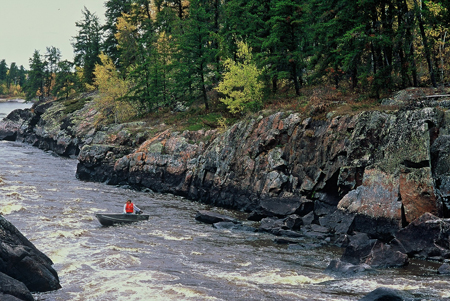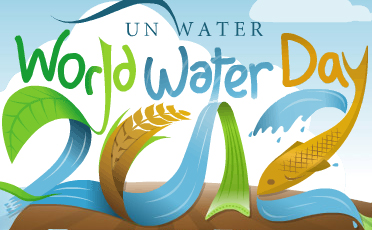Today is World Water Day. With high temperatures scorching much of the United States and Canada many of you may be turning World Water Day into World Water Park Day, but regardless of how you spend it we should all spend a minute to appreciate the ultimate source of life on earth.
The UN’s theme this year is water and food security. Indeed, this is an important connection to highlight. Water doesn’t just quench our thirst, it also produces the food we eat. But it’s not all equal. For instance, it requires 15,000 litres of water (4,000 gallons) to produce one pound of beef whereas only 1,500 litres (400 gallons) of water is needed to produce a pound of wheat. This poses serious questions about what we eat and the impacts we may or may not be aware of each time we step into a grocery store. With climate change projected to widen the gap between weather extremes (in this case droughts and floods), this poses serious risks to food security and water health all around the world.
Perhaps there is no greater area of hope, however, than Canada’s boreal forest—my particular area of interest. The boreal is blessed with millions of pristine lakes, thousands of free-flowing rivers, and an abundance of peatlands and wetlands that help combat climate change by sequestering and storing carbon. Hundreds of Aboriginal communities benefit from food created by boreal water and many rely on its lakes and rivers for transportation where no roads exist.

Willard Bitton of Poplar River First Nation relies on rivers to navigate to his fall moose hunting grounds.
Credit: Garth Lenz
This water isn’t just good for indigenous communities and our atmosphere. The abundance of water is part of what makes the boreal such a popular breeding ground for migratory birds. Millions of waterfowl make good use of the lakes and rivers each summer, and the abundance of insects—in some places so dense they’ve become infamous to humans—attract a wide variety of songbirds eager to fill up and provide for their young. Many of the birds that pass through your neighborhood each spring and fall are likely on their way to or from the boreal. Although much of the southern boreal forest has been degraded, there are large expanses in the north still untouched by the human footprint, providing enormous opportunities for conservation.
It’s important on days like today to recognize both the good and the bad. The bad news is water and food security remains uncertain in many parts of the world. The good news is there are still places in the world like the boreal that retain healthy natural water systems which allow wildlife—and humans—to flourish.


